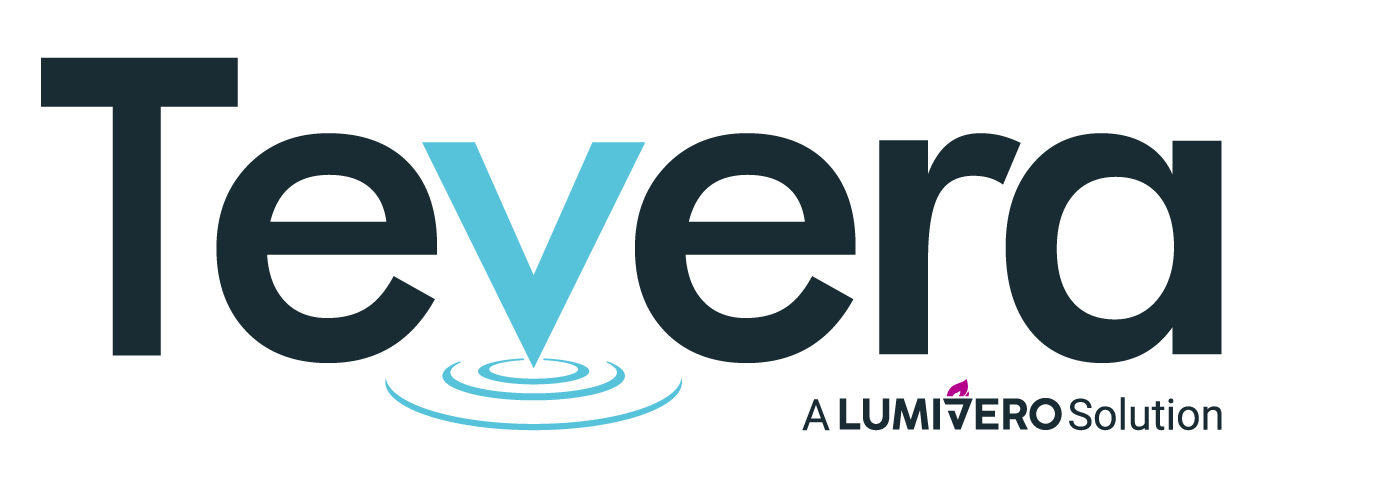Securing CAEP accreditation is a comprehensive process that won’t be done overnight, but by keeping the following steps in mind, you will be able to organize everything you need to meet CAEP’s requirements.
CAEP, the Council for the Accreditation of Educator Preparation, is a premier provider of accreditation to teacher education programs. Their accreditation process is designed to ensure that students are receiving a high-quality education that prepares them to be effective educators in their own right.
Prospective students and state education departments rely upon CAEP accreditation to distinguish the programs that provide the highest quality teacher education.
STEP 1
Establish Foundational Elements for Program Review
CAEP requires that the program demonstrates foundational elements such as recruitment, fiscal and administrative capacity, and a record of compliance with Title IV of the Higher Education Act to ensure program stability and adequate student support.
STEP 2
Centralize Data Collection
While step 1 covered many of the administrative elements of your program’s preparation for CAEP accreditation, the bulk of the effort required year-over-year comes down to data collection. CAEP’s review of your program’s efficacy examines the systems and processes in place for:
- Evaluating pedagogical knowledge and candidate progression and competency
- Supporting clinical partnerships and practice
- Quality assurance and continuous Improvement
By collecting all of the above data in one centralized system from the outset, organizing and submitting the data CAEP needs to review is easy!
Fortunately, Tevera was designed with exactly these tasks in mind!
STEP 3
Execute Your Assessment Plan
Evaluation of Students
Your program will need to demonstrate that students are equipped with the content and pedagogical knowledge needed to support their careers as educators. The InTASC Model Core Teaching Standards and Learning Progressions for Teachers provides standards by which candidates can be assessed.
Candidates should be able to demonstrate competency in the following areas:
- The Learner and Learning:
- Apply critical concepts and principles of learner development and learning differences.
- Creating safe and supportive learning environments in order to work effectively with diverse P-12 students and their families.
- Content:
- Know the central concepts of their content area.
- Apply the content in developing equitable and inclusive learning experiences.
- Instructional Practice:
- Assess, plan for instruction, and utilize a variety of instructional strategies to provide equitable and inclusive learning experiences for diverse P-12 students.
- Model and apply national or state-approved technology standards to engage and improve learning for all students.
- Professional Responsibility:
- Engage in professional learning.
- Act ethically
- Take responsibility for student learning.
- Collaborate with others to work effectively with diverse P-12 students and their families.
Your program will need to assess candidates throughout their time in the program based on their content knowledge, pedagogical knowledge, pedagogical skills, critical dispositions, professional responsibilities, and ability to integrate technology effectively in their practice. (CAEP Standard 3, R3.2)
By the end of their time in your program, each candidate should possess academic competency to teach effectively. (CAEP Standard 3, R3.3)
Tevera’s assessment capabilities will enable your program faculty to assess student performance and competency development in alignment with InTASC and state-specific standards all in one, intuitive platform.
Learn more here.
STEP 4
Facilitate Clinical Partnerships and Practice
A cornerstone of your candidates’ professional development is their student teaching experience, described as their clinical practice by CAEP.
In order to effectively support students in their clinical practice, you will need to:
- Collect necessary placement documentation.
- Provide orientation, consultation, and professional development opportunities to clinical educators or cooperating teachers.
- Provide a framework for performance evaluations by students’ clinical educators or cooperating teachers.
- Track the depth, breadth, diversity, coherence, and duration of the students’ experiences.
The above can easily be facilitated, tracked, and verified using Tevera’s field experience solution!
Learn more here.
STEP 5
Review Program Outcomes
The ultimate goal of accreditation is to support your program in achieving, maintaining, and continuously improving a high standard of education for your students. To demonstrate these processes, your program will need to show how student assessment data is collected and tracked over time, how program performance is assessed against relevant standards and goals, and how this data is used in decision-making for programmatic improvement.
With Tevera, you will be able to analyze all data gathered from cooperating teacher evaluations and program faculty assessments of students to inform program evaluation and continuous improvement!
Learn more here.
Book an overview today to learn more about Tevera and see it in action!










